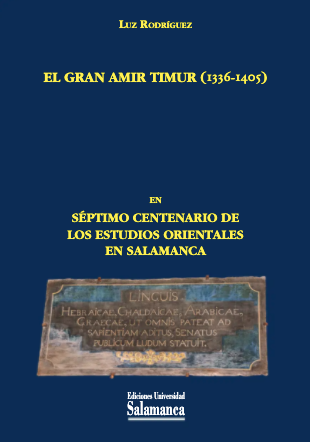
El gran Amir Timur (1336-1405) – Academia
Abstract:
In this article I attempt to study, in general, the character of Tīmūr, his style of governance and his beliefs, focusing mainly on his concepts of diplomacy; administration and justice; economy; role of women; hunting; his military strategies and hierarchy; and the importance of faith, astrology and divine mandate. Tīmur’s patronage of art and architecture, the historical side of the wars or the capture of Bayezid I the Ottoman Sultan in 1402, are beyond the scope of this article. Tīmūr laid the foundations of a monarchy, sometimes by proving himself as soldier, at other times by commanding armies and dethroning kings. Tīmūr was sometimes forced to quit a conquest abandoned by everyone, until eventually he created an empire that covered from what is, today, among others, East Turkey, Egypt, Syria, Lebanon, Armenia, Georgia, Iran, Azerbaijan, Turkmenistan, Uzbekistan, Tajikistan, Kazakhstan, South West Russia, Mongolia, Afghanistan, Pakistan and India.